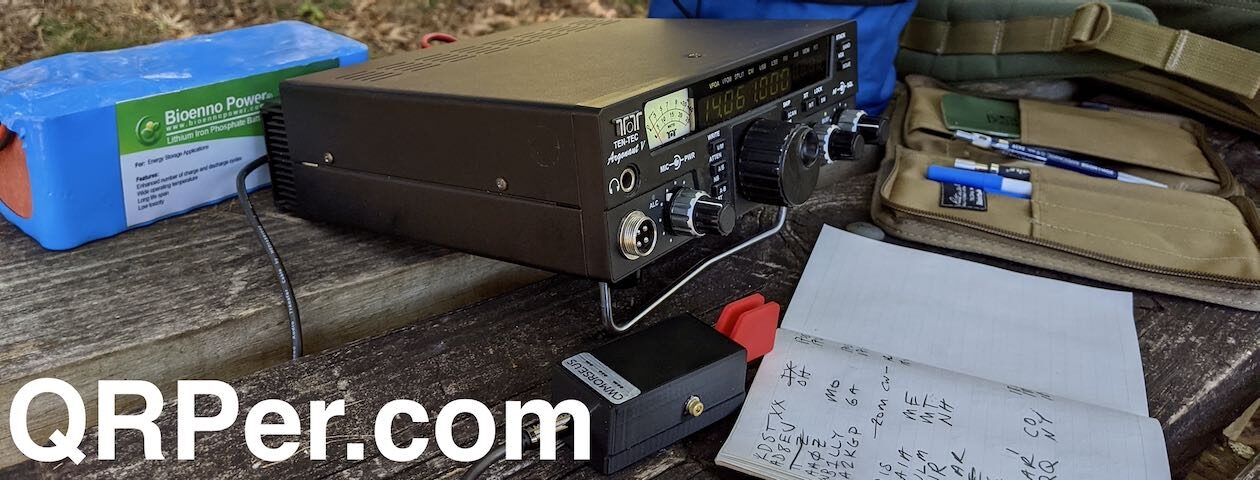Good Morning, Friends,
As some of you may know, my area of western North Carolina (Swannanoa) was hit hard by record-setting flooding and high winds from the remnants of Hurricane Helene.
We live in a rural, somewhat remote part of Buncombe County, and while we were prepared for power outages, downed trees, and general disruptions, what we actually experienced was nothing short of catastrophic. Even though we expected a devastating storm, I don’t think anyone was fully prepared for what unfolded.
From about midnight until midday on Friday—especially between 1:00 AM and 10:00 AM—we endured tropical-storm-force winds and relentless rain after nearly 24 hours of heavy rainfall from a prior weather system.
During this time, we listened to tree after tree uprooting and crashing down around our home. Since we’re surrounded by forest, we were understandably concerned about trees hitting the house.
At 6:00 AM, two trees did hit the house, just before the strongest wind gusts occurred between 7:00-9:00 AM. Thankfully, the damage was limited—both trees struck a corner of the house, but no limbs penetrated the roof or ceiling (I believe our metal roof helped prevent that). They did damage two of our PV panels.
Unfortunately, the trees did hit our Subaru, crushing the front of the car. RIP Ella Sue.
We were extremely fortunate that no more trees hit the house. At our altitude, I’m certain the wind gusts exceeded 75 mph.

When it was safe to go outside, we discovered that at least a dozen large, old-growth trees had fallen across our driveway. Clearing them all will take days.

We lost so many hardwoods that it now looks like our house has been relocated to a different spot.
The road leading to our house is also blocked by downed trees and power lines. A portion of the road in the valley, which follows a creek (as many roads do in western NC), is likely washed out. It may be days before we can check.
As bad as all of this was for us, we feel incredibly lucky. If you’ve seen the news, you’ll know that many people in our area lost their homes and businesses entirely. Tragically, there’s also been loss of life.
The only reason I can post this update is because we have solar panels and battery backup. The system wasn’t designed for what may be two or more weeks without power, but by conserving energy, we’re able to live comfortably and help our neighbors.
We also recently switched to a satellite-based internet service (a new option from HughesNet), which is why we still have internet access. Mobile phone systems in the region are completely down, and almost no one has service—including local TV reporters. A large portion of the population here is without internet, according to reports.
Even the 911 system is largely inaccessible. Residents are being urged to text 911 in emergencies, but in many areas, even that’s not possible.
Ham Radio to the Rescue
 I’ve heard it all my life: when all else fails, ham radio still works. And let me tell you, it’s true.
I’ve heard it all my life: when all else fails, ham radio still works. And let me tell you, it’s true.
Throughout the storm, our normally quiet repeater systems were buzzing with activity. The traffic became very organized, with hourly nets helping pass messages to family and friends, sharing detailed on-the-ground reports, and identifying areas where help was needed. Even though our emergency services are overwhelmed, we’re able to connect with them via amateur radio networks like ARES.
Right now, being a ham feels like a superpower. For many people, it’s the only form of communication that still works.
Grateful Despite It All
The big takeaway from all of this is gratitude.
We are safe.
Our family is so fortunate to have made it through this storm, which broke almost every weather-related record for the region. Literally.
We haven’t been able to contact many friends due to the widespread internet outages, but those we’ve reached are safe, and for that, we are incredibly grateful.

Thanks to the advance warning from meteorologists, we were able to prepare, and the number of fatalities has been remarkably low. Had this storm hit 50 years ago, it would have been a different story altogether.
We know we’ll get through this. Our community is strong, and we have friends who can help, just as we’ll help them.
Of course, I won’t be activating any parks or summits for a while. I’ve canceled my trip to the W4 SOTA campout next weekend. But as long as we have power and internet, I’ll continue to post guest contributions and field reports from the QRPer.com community.
I also plan to post some updates as we recover.
I’ve already received so many kind messages from readers—thank you! My time to reply is limited, as I’ll be spending the next several days clearing trees and helping neighbors. But I appreciate your thoughts and concern.
If, for some reason, things go quiet here on the website, it’s just because we’ve lost our internet connection.
If you’re a POTA or SOTA activator, don’t be too surprised if you hear me hunting you! I may take a break with one of my portable radios. All of my wire antennas at home are down, but field activators like us are used to setting up HF stations anywhere, so it’ll be a breeze here.
I hope you don’t mind this interruption in the usual programming here on QRPer. I wanted to share this detailed update in response to the many messages I’ve received.
Thank you again for your supportive and encouraging messages!
Best & 72,
Thomas (K4SWL)


















































































